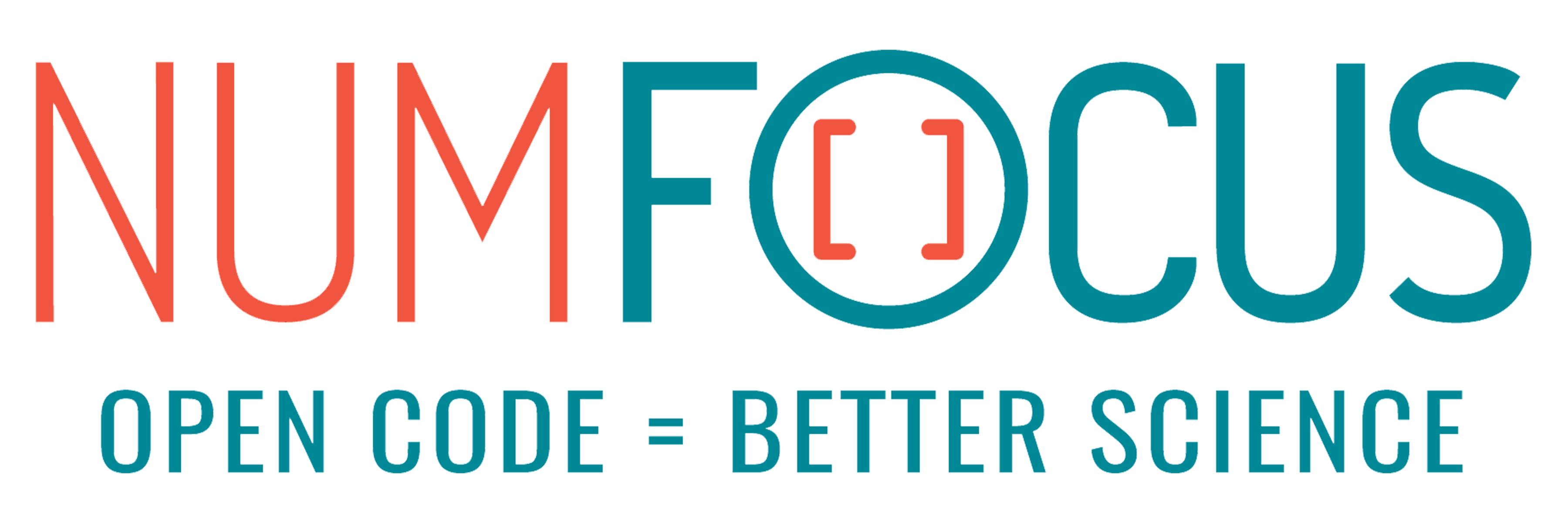BSTModelKit.jl Building Biochemical Systems Theory Models
Abstract:
In this talk, we introduce the BSTModelKit.jl package, which enables the construction and analysis of biochemical systems theory (BST) models of metabolic and single transduction networks. We demonstrate the capabilities of BSTModelKit.jl by analyzing the thrombin generation dynamics of a population of synthetic patients before and during pregnancy developed from an ongoing study at the University of Vermont supported by the National Institute of Health (NIH).
Description:
Biochemical systems theory (BST), developed beginning in the 1960s by Savageau, Voit, and others, is a modeling framework based on ordinary differential equations (ODE) in which biochemical processes are represented using power-law expansions in the system's variables. In this talk, we introduce BSTModelKit.jl, a Julia package dedicated to the automatic generation and analysis of BST models of metabolic and signal transduction networks. BSTModelKit.jl features a simple domain-specific language (DSL) that specifies the model reaction network, methods to estimate steady-state and dynamic solutions to BST models, and methods to conduct global sensitivity analysis of BST model parameters.
We construct and analyze BST models of the thrombin generation dynamics of synthetic patients before and during pregnancy to demonstrate the features of the BSTModelKit.jl package. Women are at higher risk for a blood clot during pregnancy, childbirth, and up to 3 months after delivering a baby. The Centers for Disease Control and Prevention estimates that pregnant women are up to 5 times more likely to experience a blood clot than women who are not pregnant. A synthetic population of pregnant women was developed from patient data to understand better this increased clotting risk. Measurements of 11 coagulation factors involved with the regulation of thrombin generation and measurements of the hormones Estradiol and Progesterone were collected longitudinally from N = 38 women at three visits: V1 non-pregnant, V2 first trimester, and V3 third trimester. A corresponding Thrombin Generation Assay (TGA) was conducted for each patient sample, and parameters describing the dynamics were extracted.
A joint probability model (assumed to be a multivariate normal distribution) was constructed from this matched data by computing the mean vector and covariance arrays from the experimental measurements. The probability model was then used to generate synthetic patient populations (dimension 1k, 10k, and 100k patients) that could be used in subsequent Machine Learning (ML) studies. One such ML study gauged how representative the synthetic population was of the original data. Next, an ordinary differential equation BST model of coagulation dynamics in individual patients was developed from the synthetic population and used to predict the patient TGA parameters. Patient-specific BST model parameters were estimated and used to simulate TGA patient data; the synthetic-patient BST models were consistent with true-patient TGA measurements. Further, global sensitivity analysis of the BST models identified which model parameters controlled the different aspects of the TGA measurements. Finally, by clustering the synthetic and actual patient data, using a radial basis function distance metric, our synthetic population recapitulated the empirically measured differences between the non-pregnant and pregnant states.
The following grants supported this work: The Interaction of Basal Risk, Pharmacological Ovulation Induction, Pregnancy and Delivery on Hemostatic Balance NIH NHLBI R-33 HL 141787 (PI’s Bernstein, Orfeo) and the Pregnancy Phenotype and Predisposition to Preeclampsia NIH NHLBI R01 HL 71944 (PI Bernstein).
Platinum sponsors

Gold sponsors

Silver sponsors




Bronze sponsors



Academic partners

Local partners

Fiscal Sponsor
